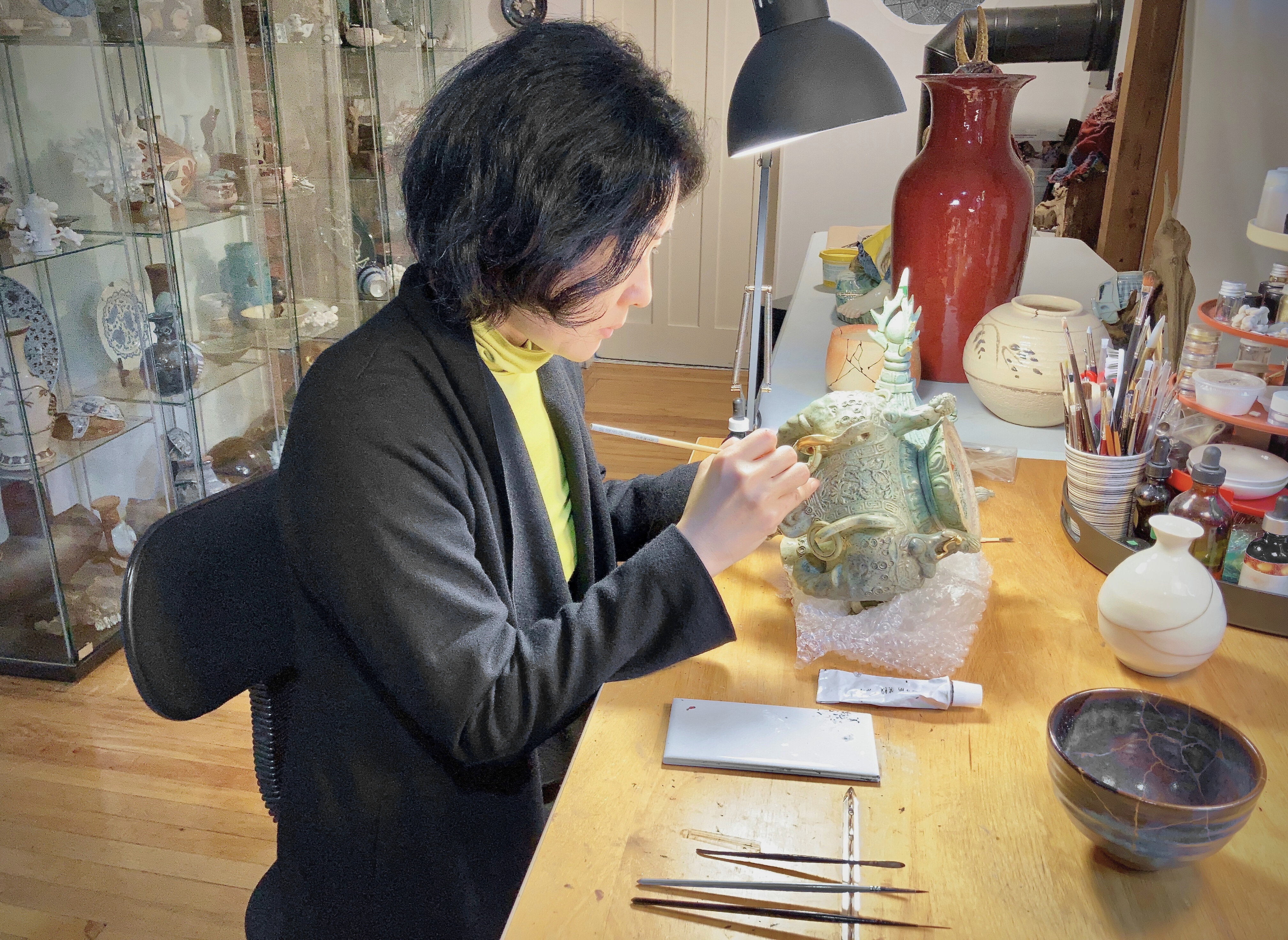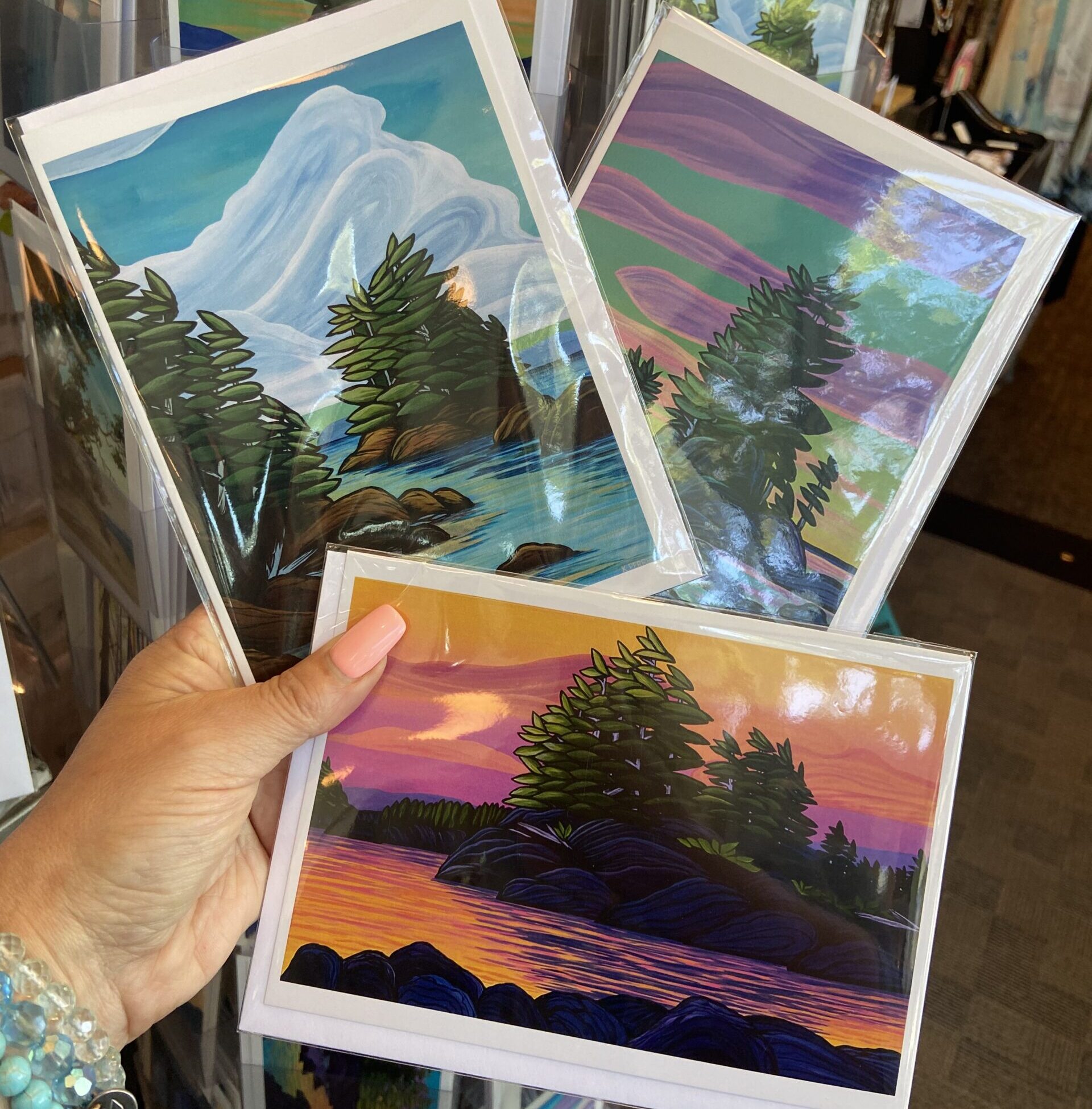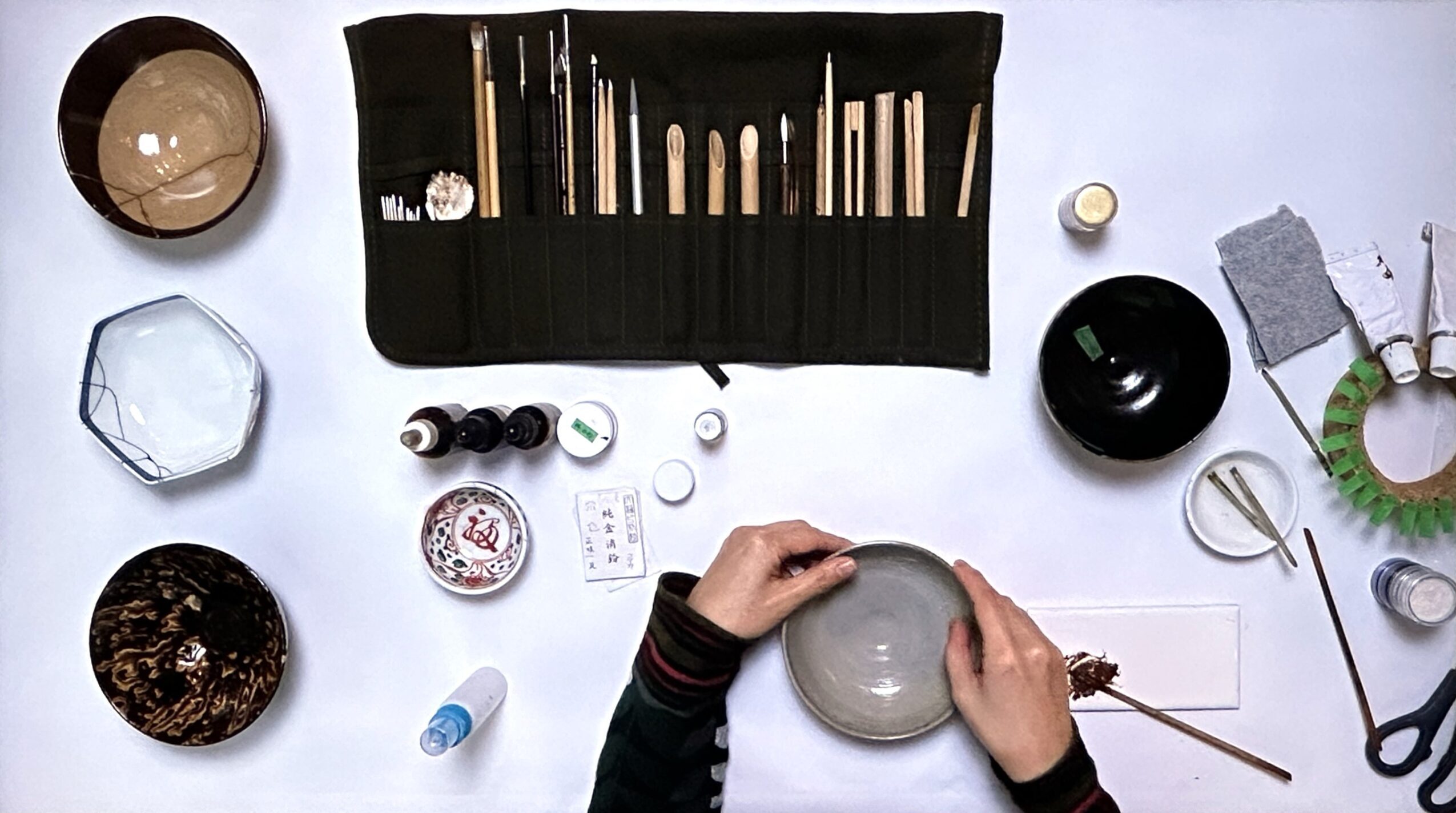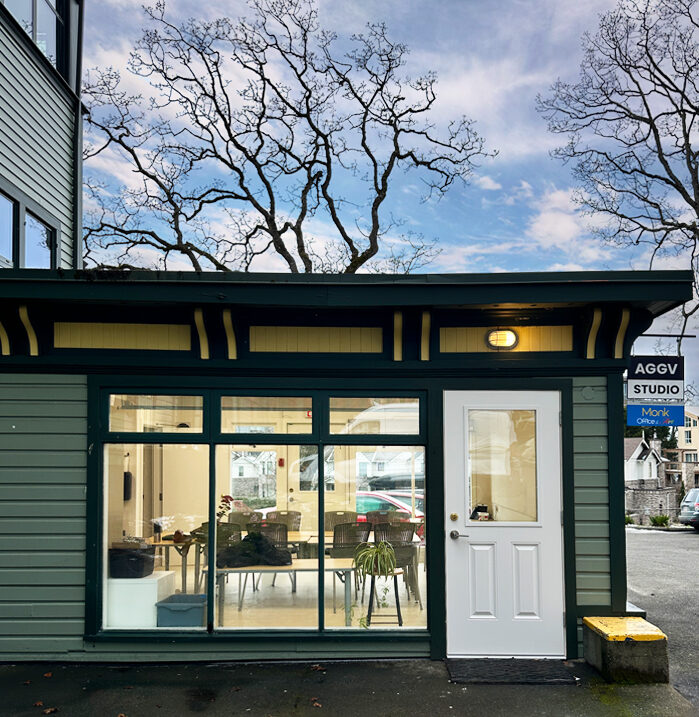We are excited to feature Kintsugi in our upcoming exhibition Beauty of Mending: Kintsugi and Beyond at the AGGV, which will showcase the works of Naoko Fukumaru, a Kintsugi artist based in British Columbia. Born into a third-generation antique auction house family in Kyoto, Japan, Fukumaru grew up surrounded by fine art and antiques. Her family’s tradition of collecting and repairing broken objects inspired her early experiments with restoration, which she has developed into a distinguished career. Fukumaru’s work honors the traditional materials and aesthetics of Kintsugi while also pushing the boundaries of the craft through innovative techniques and materials.
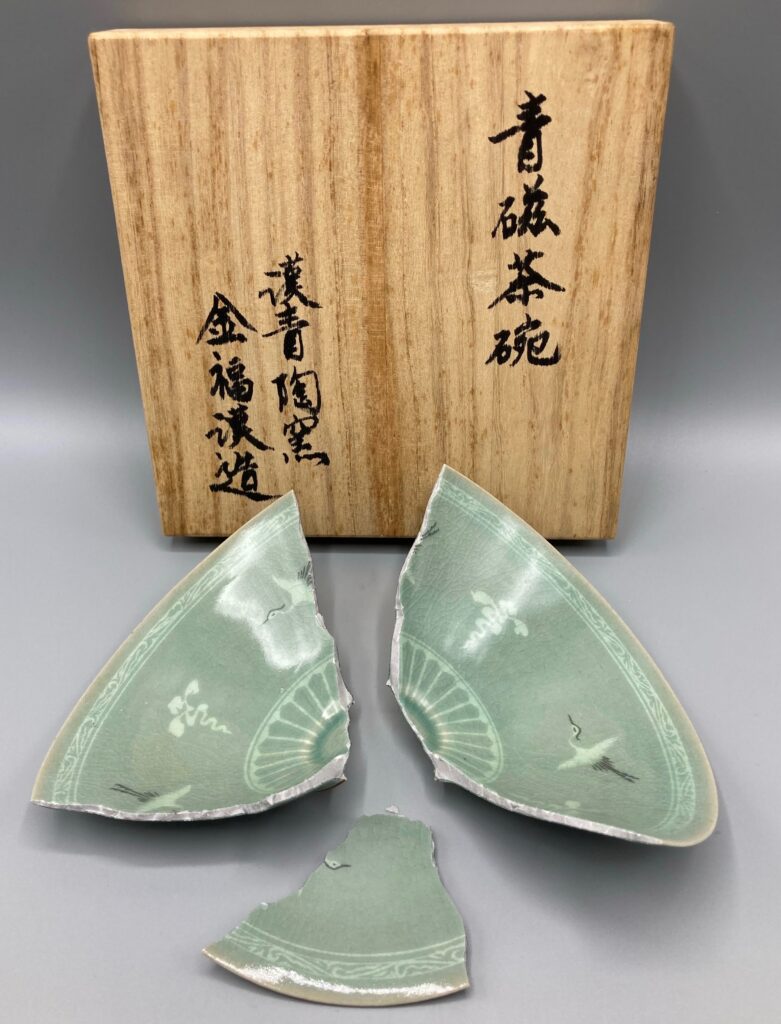
Kintsugi, a term from the Japanese language meaning “golden joinery”, is the centuries-old craft of repairing damaged ceramics using Urushi lacquer mixed with powdered gold, silver, or platinum. This practice not only restores the object, but also transforms it into a unique work of art, where the cracks and brokenness are visible, highlighted, and celebrated.
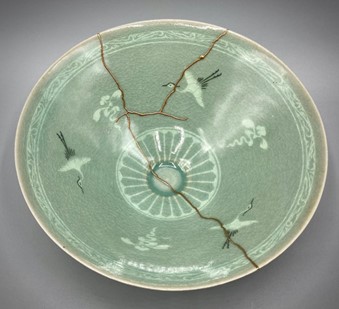
The process of Kintsugi begins with the careful cleaning and preparation of the broken pieces. It involves steps of gluing, filling, and coating with urushi lacquer, each requiring time for the lacquer to dry and harden before proceeding. During the finishing process, a final layer of Urushi lacquer is applied along the seams, dusted with gold powder, and sometimes sealed with an additional layer of lacquer, then polished to enhance its luster.
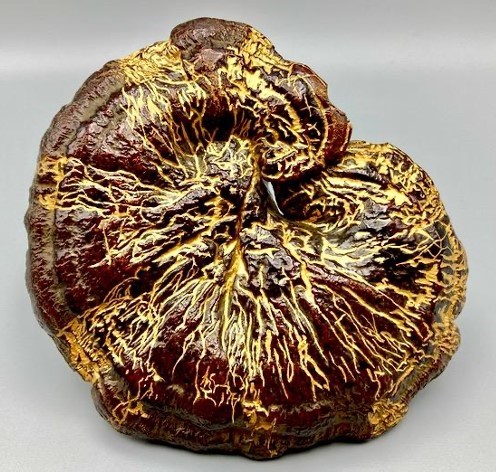
The exact origins of Kintsugi remain uncertain, but a popular story revolves around Ashikaga Yoshimasa (1436-1490), the eighth shogun of the Ashikaga shogunate, and a treasured celadon-glazed tea bowl from China’s Southern Song dynasty (1127-1279).
Fired in the renowned Longquan kilns, this bowl was gifted to Japan during the Angen era (1175-1177). Over two centuries later, the bowl came into Yoshimasa’s possession. Despite his deep admiration for the piece, a crack at its base left him dissatisfied. He sent the bowl back to China, hoping that the Ming Dynasty’s Yongle Emperor (reigned 1402-1424) could replace it with an identical one. However, much to Yoshimasa’s dismay, the bowl was returned with its crack mended with six metal staples—a common Chinese ceramic repair method known as Juci. This crude repair, far from meeting Yoshimasa’s expectations, is said to have spurred Japanese artisans to experiment and develop the more aesthetically pleasing technique of Kintsugi.

By the 16th century, Kintsugi had become closely associate with the Japanese tea ceremony, further spreading its practice across the country. Tea masters embraced the technique to enhance the aesthetic and value of their cherished tea bowls.
Kintsugi is more than a repair technique; it is a philosophy that celebrates the beauty in imperfection. It embodies the belief that nothing is ever truly broken beyond repair, and that something new and beautiful can emerge from damage. Each crack and scar carries a story, reminding us of the value of past experiences.
Written by Dr. Heng Wu, AGGV Curator of Asian Art
Beauty of Mending: Kintsugi and Beyond opens on November 30, 2024, and runs until May 25, 2025. Presented by Island Savings Wealth Management.
LEARN MORE
Feature Image: Beauty of Mending artist, Naoko Fukumaru practicing Kintsugi, the centuries-old craft of repairing damaged ceramics using Urushi lacquer mixed with powdered gold, silver, or platinum. All images in this article courtesy of the artist.
